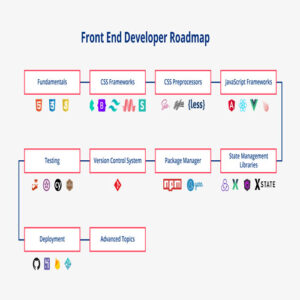In today’s fast-paced business environment, communication is key to success. As technology continues to evolve, more businesses are turning to innovative solutions to streamline their communication processes and reduce costs. One such solution that has gained significant traction in recent years is SIP trunking for my business. This advanced telecommunications technology offers a host of benefits, including cost savings, scalability, and enhanced flexibility. However, setting up SIP trunking for my business requires careful planning and execution. In this comprehensive guide, we will walk you through the steps involved in setting up SIP trunking for your business, from selecting a provider to configuring your system and ensuring a smooth transition.
Understanding SIP Trunking for My Business
Before diving into the setup process, let’s first understand what SIP trunking is and how it works. SIP trunking is a method of transmitting voice and other unified communications services over the internet using the Session Initiation Protocol (SIP). Instead of relying on traditional phone lines, SIP trunking leverages your existing internet connection to make and receive calls, send faxes, and conduct video conferences. This eliminates the need for costly hardware and allows for greater flexibility and scalability.
Step 1: Choosing a SIP Trunking Provider
The first step in setting up SIP trunking for my business is selecting a reliable and reputable SIP trunking provider. With so many options available in the market, it’s essential to do your research and choose a provider that meets your business requirements. Consider factors such as pricing, features, reliability, customer support, and compatibility with your existing systems. Look for providers that offer competitive pricing plans, robust security measures, and 24/7 customer support.
Step 2: Assessing Your Business Needs
Once you’ve chosen a SIP trunking provider, the next step is to assess your business needs and determine the number of SIP trunks required. Consider factors such as the number of concurrent calls, call volume, and anticipated growth. It’s essential to accurately estimate your bandwidth requirements to ensure smooth and reliable communication.
Step 3: Configuring Your PBX System
With your SIP trunking provider selected and your business needs assessed, it’s time to configure your PBX (Private Branch Exchange) system to work with SIP trunking. If you already have an IP-based PBX system, the configuration process may be relatively straightforward. However, if you’re using a traditional PBX system, you may need to upgrade or replace it with a compatible IP-based system.
Step 4: Setting Up SIP Trunking Accounts
Once your PBX system is configured, you’ll need to set up SIP trunking accounts with your chosen provider. This typically involves creating SIP credentials, such as usernames and passwords, and configuring your PBX system to authenticate with the SIP trunking provider’s network. Your provider will supply you with the necessary configuration settings and instructions for setting up your accounts.
Step 5: Testing and Troubleshooting
After setting up SIP trunking for my business, it’s crucial to thoroughly test your system to ensure everything is working correctly. Make test calls, send faxes, and conduct video conferences to verify that voice quality is clear, and all features are functioning as expected. If you encounter any issues during testing, work closely with your SIP trunking provider to troubleshoot and resolve them promptly.
Step 6: Training and Adoption
Once your SIP trunking system is up and running smoothly, it’s essential to provide training to your employees to ensure they understand how to use the new technology effectively. Offer training sessions or workshops to familiarize them with the features and functionalities of SIP trunking and address any questions or concerns they may have. Encourage adoption by highlighting the benefits of SIP trunking, such as cost savings, flexibility, and enhanced productivity.
Conclusion
Setting up SIP trunking for my business is a significant step towards modernizing your communication infrastructure and gaining a competitive edge in today’s digital landscape. By following the steps outlined in this guide, you can ensure a smooth and successful transition to SIP trunking, allowing your business to enjoy the benefits of cost savings, scalability, and enhanced flexibility. With the right SIP trunking provider and careful planning and execution, you can optimize your communication processes and position your business for future growth and success.










